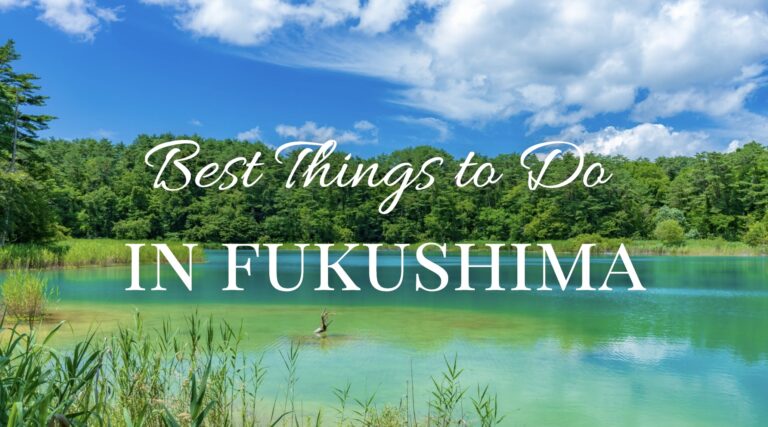Overcoming the challenges posed by the 2011 Great East Japan Earthquake and nuclear disaster, Fukushima has remarkably revived, showcasing its rich nature, unique food culture, and historical spots. In Fukushima, outdoor enthusiasts will be mesmerized by its lush forests, sparkling lakes, and breathtaking mountains. When it comes to culinary delights, the region tantalizes taste buds with traditional local dishes and fresh seafood.
Fukushima is also rich in history, boasting castles, shrines, and old towns where the past and present beautifully intertwine. For all travelers who wonder what to do in Fukushima, this guide introduces the top things to do in Fukushima, leading you on a journey to experience the resilience and abundance of the region. Indulge in Fukushima’s unique natural landscapes, savor its culinary traditions, and immerse yourself in its history for a truly enchanting experience of its beauty and warmth.
1. Visit Tsuruga Castle
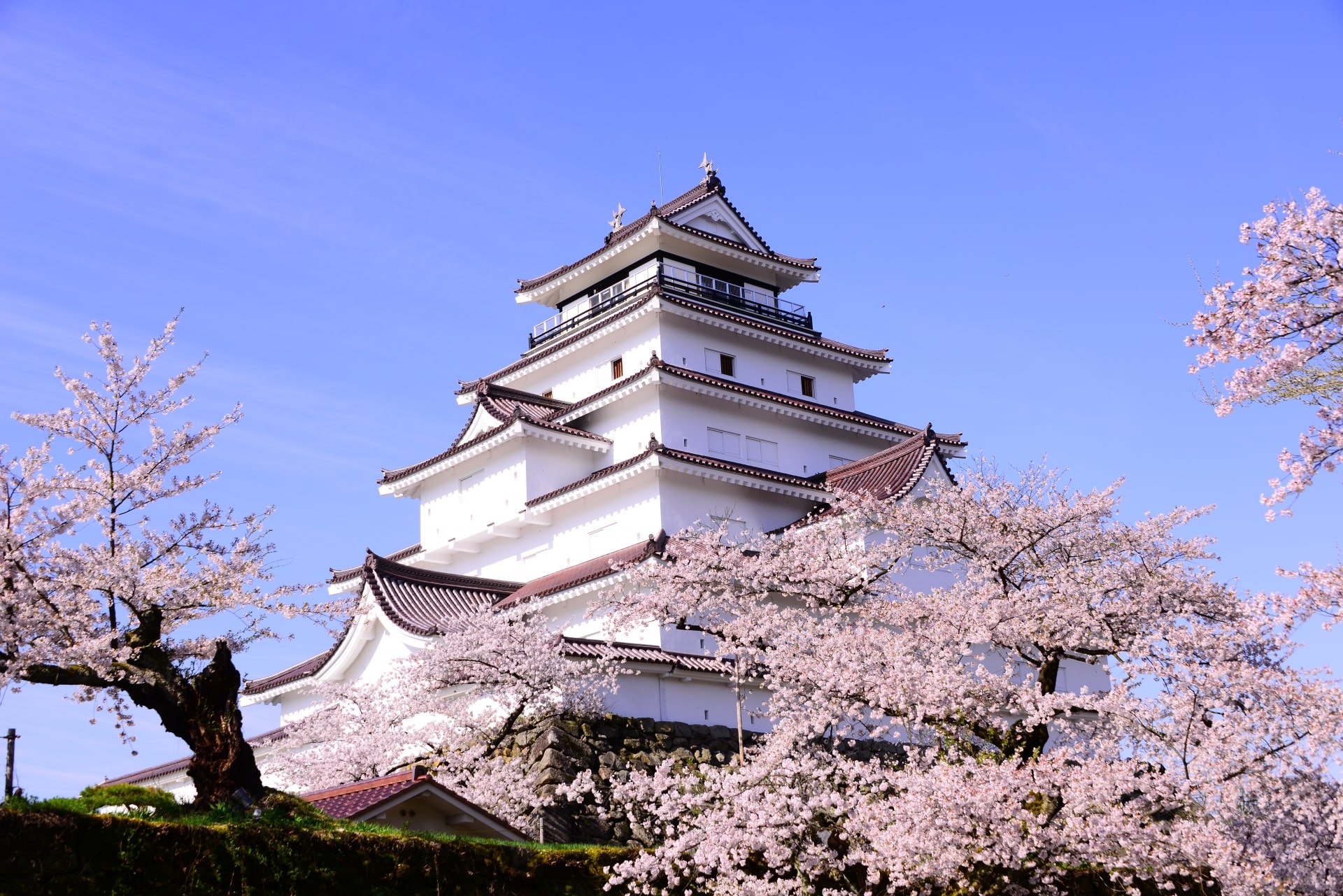
Delve into the heart of Japan’s samurai era with a visit to Tsuruga Castle, a symbol of Fukushima’s rich history. This majestic fortress, originally constructed in the 14th century, stands as a testament to the region’s storied past. Visitors can explore the castle’s impressive architecture, which has been meticulously restored to reflect its original splendor.
Inside, a museum offers a deep dive into the life of samurai, featuring artifacts and exhibits that tell tales of bravery and strategy. The surrounding park, especially beautiful during cherry blossom season, provides a tranquil setting. Tsuruga Castle isn’t just a historical site; it’s a journey back in time to the days of feudal Japan.
2. Explore the Ouchijuku Village
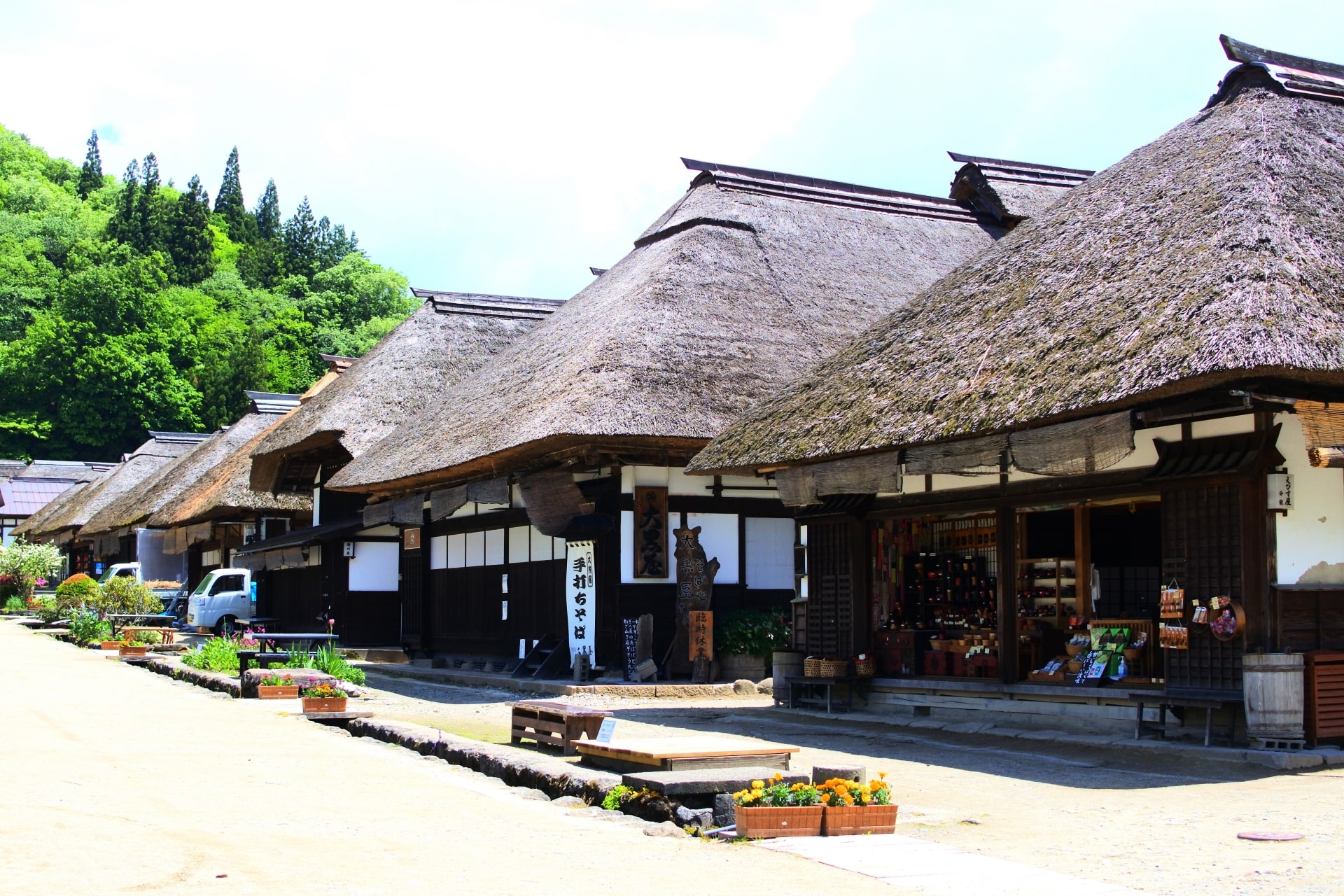
Step back in time with a visit to Ouchijuku Village, a beautifully preserved settlement from the Edo period. Nestled in a serene valley, this village transports visitors to a bygone era with its traditional thatched houses and rustic charm. Walking through the village feels like wandering through a living museum, where every structure and street tells a story of life in ancient Japan. Local cuisine, such as negi soba (buckwheat noodles served with a long green onion), offers a taste of tradition.
The village also hosts various cultural events and festivals throughout the year, providing an immersive experience into the customs and lifestyle of Edo-era Japan. Ouchijuku Village is more than just a destination; it’s a vivid tapestry of Japan’s rich cultural heritage.
3. Relax at Iwaki Yumoto Onsen
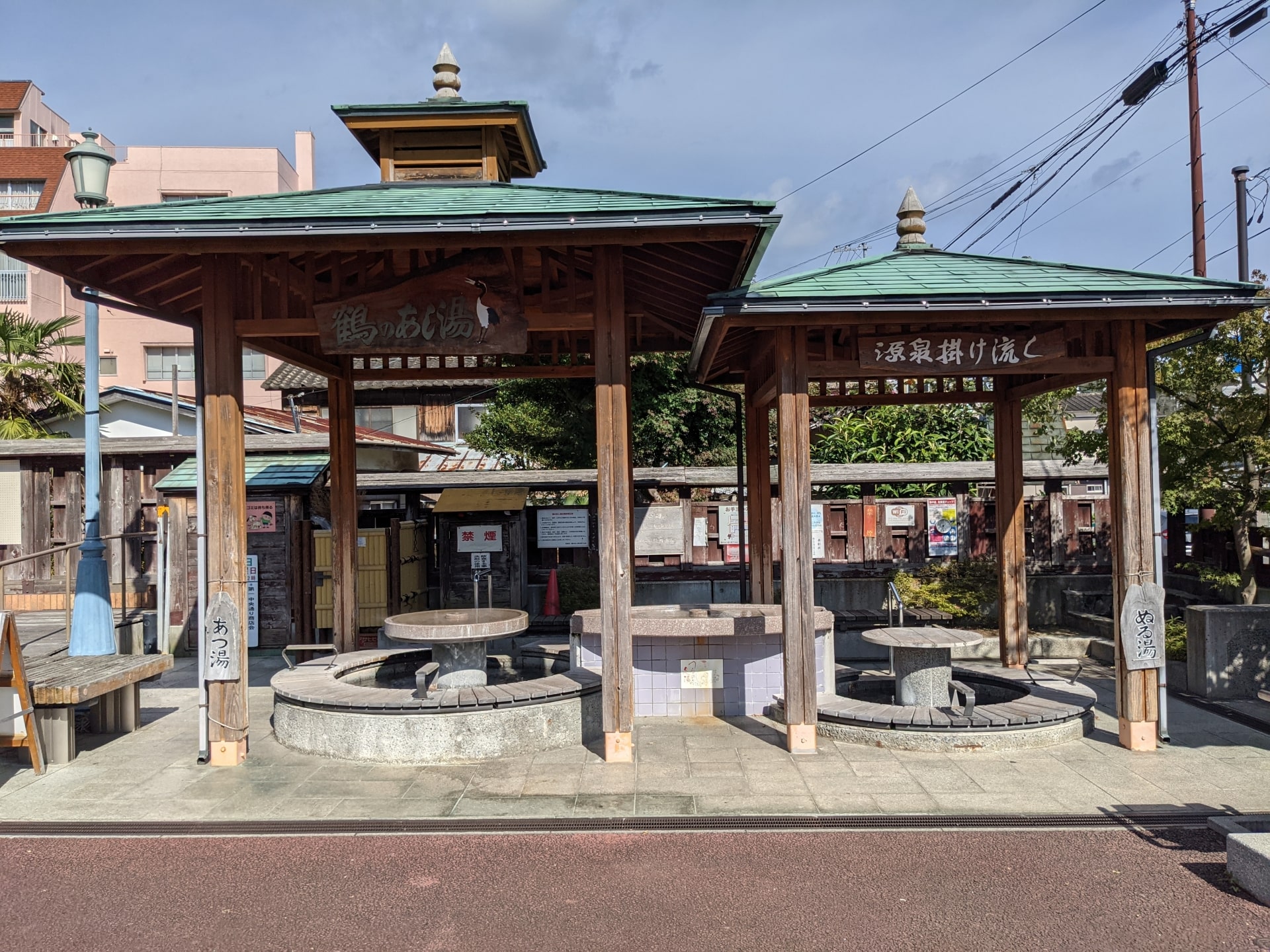
Experience the ultimate relaxation at Iwaki Yumoto Onsen, one of Fukushima’s most renowned hot spring resorts. Known for its therapeutic properties and historical significance, these hot springs have been a haven for wellness for over 1,200 years. The area is dotted with traditional inns and bathhouses, offering a range of bathing experiences from public baths to private onsens. The mineral-rich waters are believed to have healing effects, perfect for rejuvenating both mind and body.
Beyond the baths, the region is steeped in history, with the Iwaki Yumoto Onsen Historical Museum providing insights into the onsen’s ancient origins. Whether seeking solace, health benefits, or a glimpse into traditional Japanese bathing culture, Iwaki Yumoto Onsen promises a serene and restorative escape.
4. Hike in Bandai-Asahi National Park
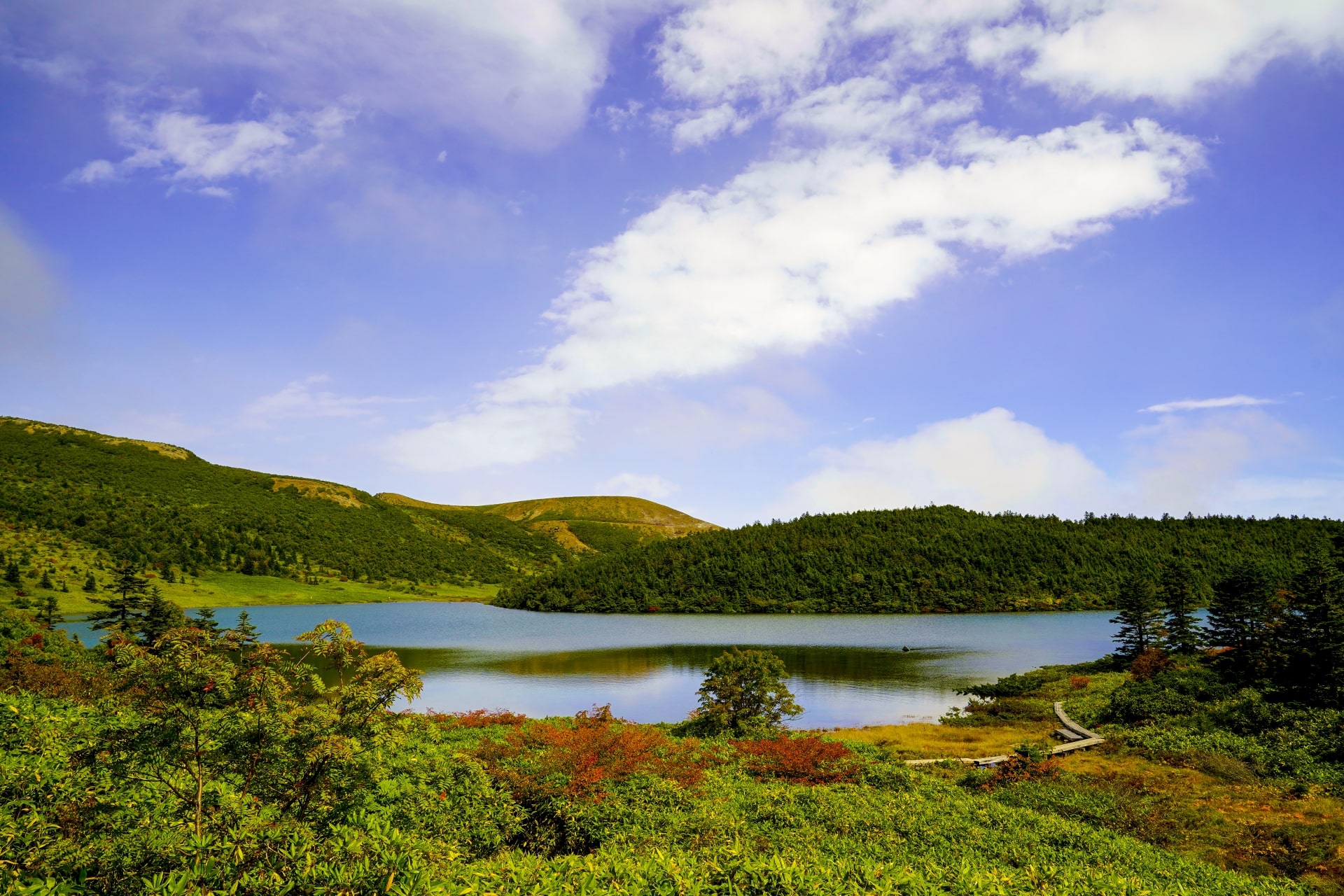
Embrace the great outdoors with a hike in Bandai-Asahi National Park, a treasure trove of natural beauty. This expansive park showcases diverse landscapes, ranging from the rugged peaks of Mount Bandai to the serene shores of Lake Inawashiro.
Hikers of all levels can find trails that cater to their abilities, each offering unique vistas and wildlife encounters. The park is a paradise for nature enthusiasts, featuring a kaleidoscope of colors in autumn and lush greenery in summer. Adventure activities like camping, fishing, and skiing in winter add to its allure. Bandai-Asahi National Park isn’t just a hiking destination; it’s a celebration of Japan’s pristine and varied natural environment.
5. Discover Aizu Bukeyashiki (Aizu-Wakamatsu Samurai Residences)
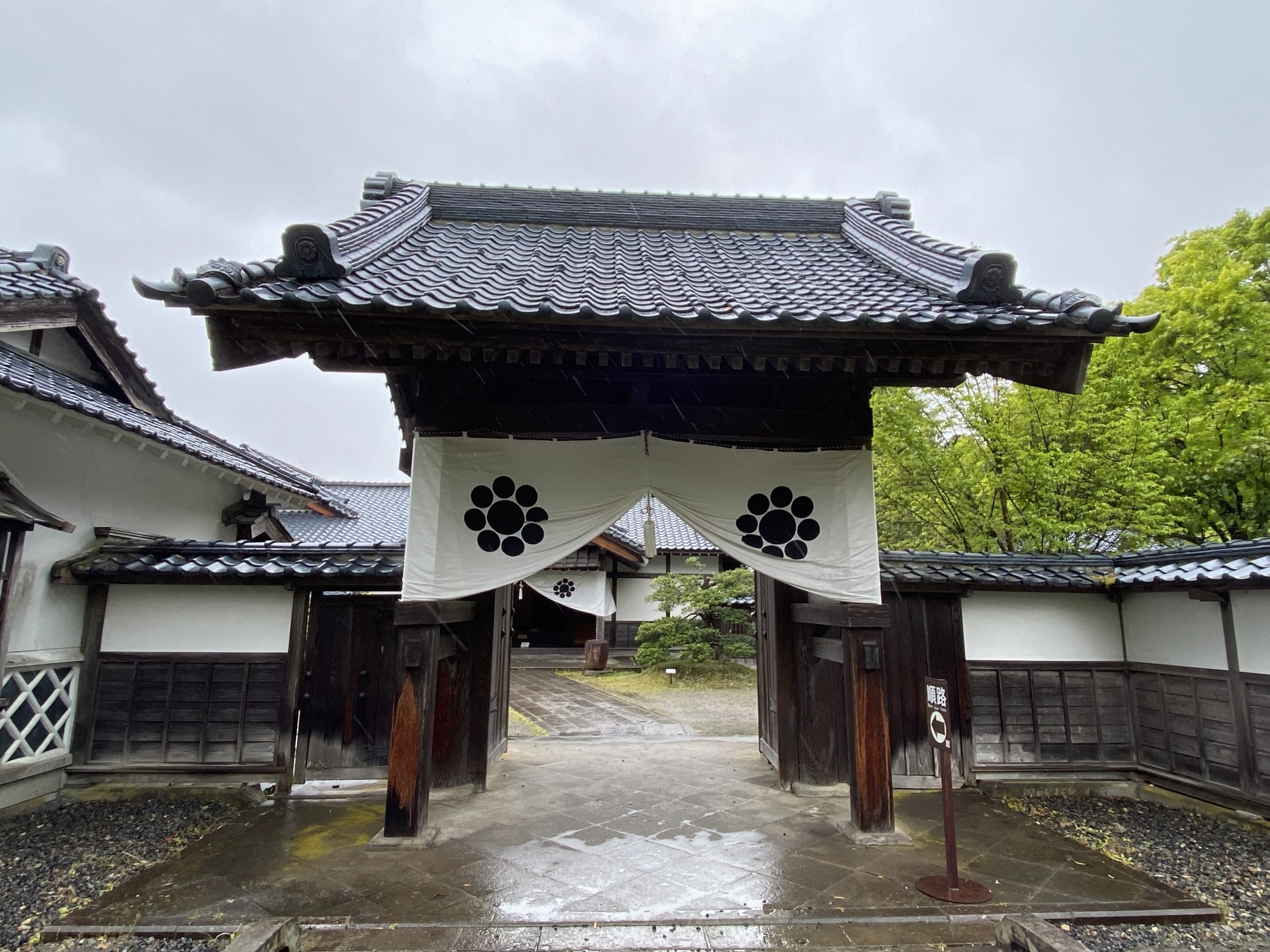
Step into the world of feudal Japan with a visit to Aizu-Wakamatsu Samurai Residences, also known as Aizu Bukeyashiki. This historic site offers a fascinating glimpse into the lives of samurai warriors. Visitors can explore the well-preserved estate, which includes a lord’s residence, a samurai school, and beautiful gardens. Each building is a showcase of traditional Japanese architecture and design.
The site also features exhibits of samurai armor, weapons, and artifacts, bringing the history of these legendary warriors to life. Aizu Bukeyashiki is more than just a historical site; it’s a portal to the past, offering an intimate look at the daily lives and culture of the samurai.
6. See Samurai Parade in Aizu Festival
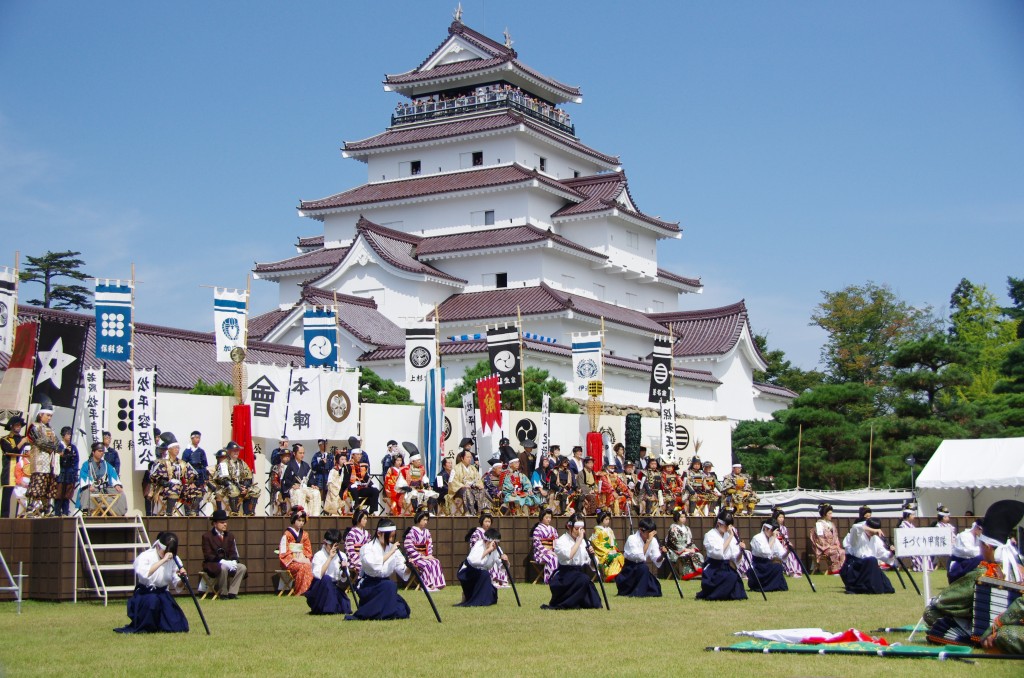
Experience the vibrant culture of Fukushima by witnessing the Samurai Parade at Aizu Festival. This annual event is a colorful reenactment of a samurai procession, celebrating the region’s rich history. Participants dressed in elaborate Edo-period costumes, including samurai armor and traditional kimonos, march through the streets, creating a spectacular visual feast.
The parade also features floats, dancers, and musicians, adding to the festive atmosphere. It’s an opportunity to see history come alive and to appreciate the artistry and customs of feudal Japan. The Samurai Parade in Aizu Festival is not just an event; it’s a living tapestry of history and culture, offering a unique and unforgettable experience.
7. Enjoy Hanami at Hanamiyama Park
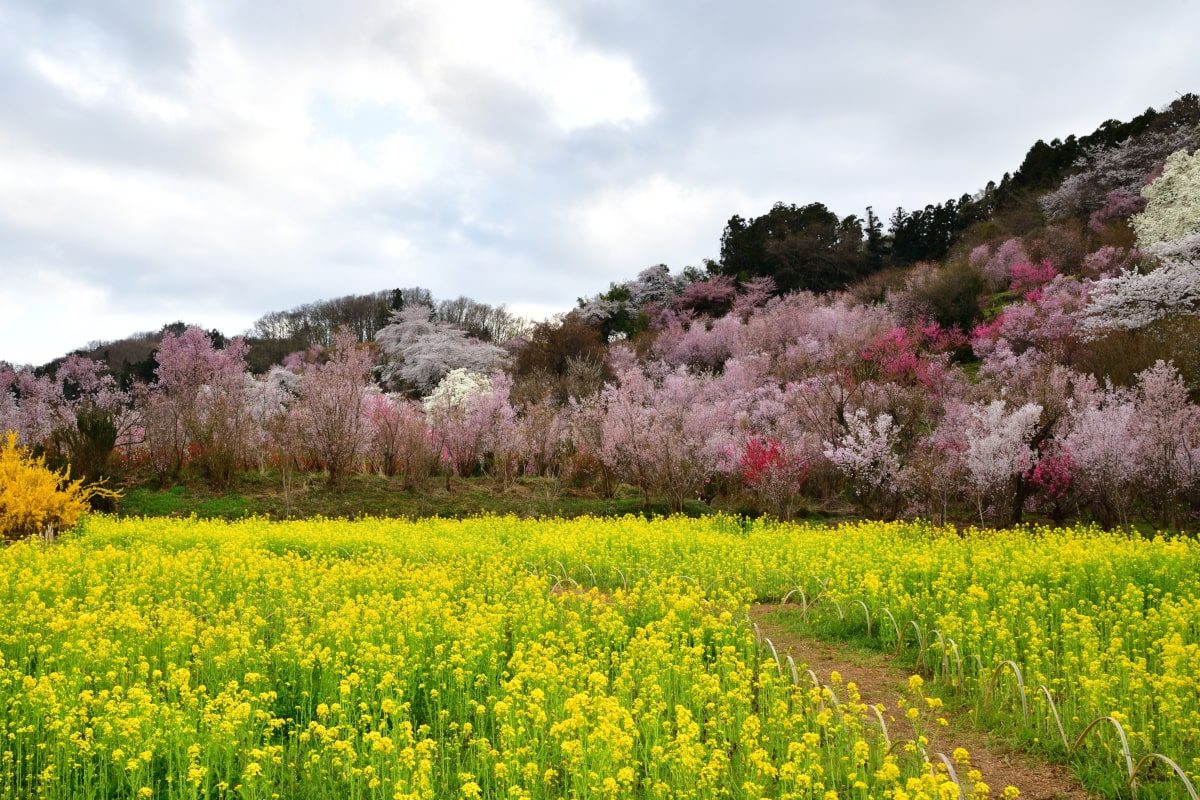
Hanamiyama Park, during spring, transforms into a breathtaking spectacle of cherry blossoms, making it a prime destination for hanami, the traditional Japanese custom of flower viewing. This park, nestled on the outskirts of Fukushima City, boasts a variety of flowering trees including cherry, plum, and peach, which collectively create a vibrant tapestry of colors.
The winding paths and picturesque viewpoints offer visitors a chance to immerse themselves in the beauty of spring. The serene environment of Hanamiyama Park, coupled with the spectacular bloom, provides a perfect backdrop for picnics, photography, or simply enjoying the transient beauty of cherry blossoms. Each year, this natural showcase attracts visitors from all over, eager to witness the delicate petals in their full glory.
8. Taste Fukushima’s Sake
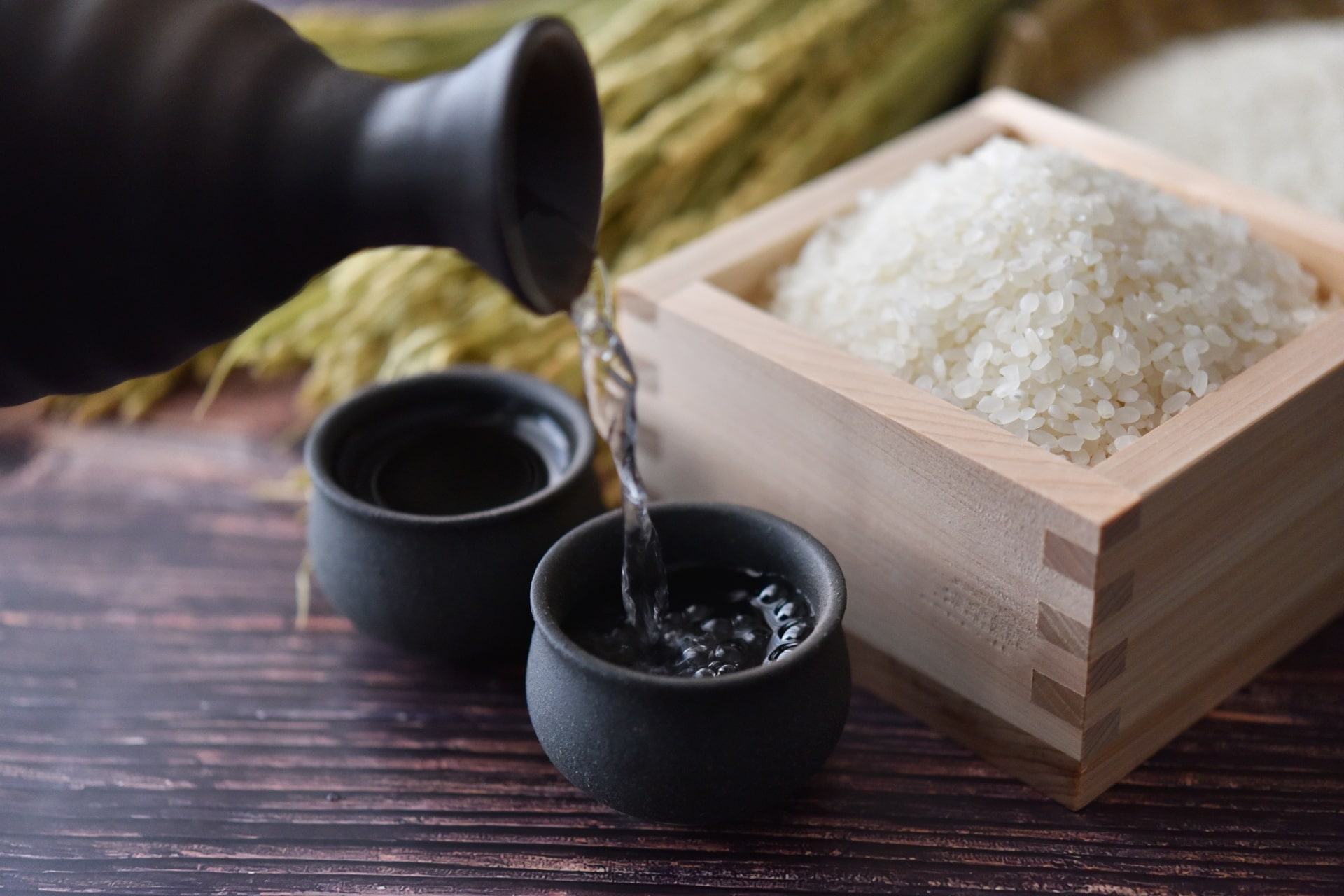
Fukushima’s reputation for producing some of Japan’s finest sake is well-deserved. The region’s cool climate, clean water, and quality rice fields create the perfect conditions for sake brewing. Visiting local breweries offers an insightful glimpse into the traditional art of sake production. Many breweries in Fukushima open their doors to visitors, offering tours that explain the brewing process and, most importantly, tastings of their unique sake varieties.
Each brewery has its own secret techniques and recipes, resulting in a diverse range of flavors from rich and umami to light and fruity. Sampling Fukushima’s sake is not just about tasting; it’s an exploration of regional craftsmanship and tradition, making it a must-do for any visitor to the area.
9. Stroll Around Lake Inawashiro
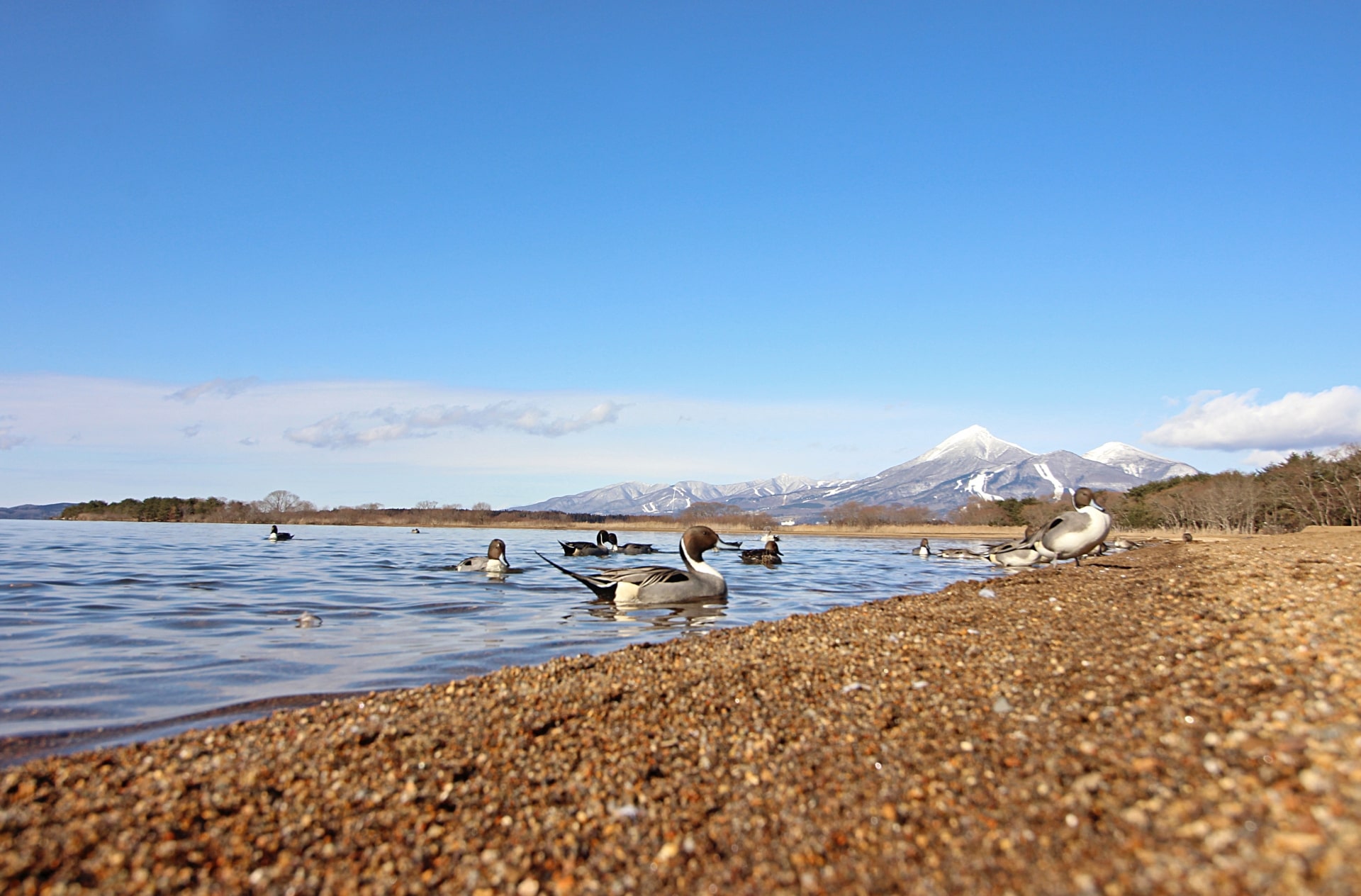
Lake Inawashiro, celebrated as one of Japan’s largest and most picturesque lakes, offers a serene and scenic escape. Its crystal-clear waters and the backdrop of Mount Bandai make it a stunning natural attraction. A stroll around Lake Inawashiro is a peaceful experience, with opportunities to witness a variety of birdlife, especially swans that migrate here in the winter.
The lake’s surroundings provide ample recreational activities, from boating in the summer to ice fishing in the winter. The scenic beauty of Lake Inawashiro is a photographer’s paradise, offering panoramic views that capture the essence of Fukushima’s natural splendor. A visit here is a chance to enjoy the tranquility of nature and the beauty of one of Japan’s great lakes.
10. Visit Mount Azuma Kofuji Crater
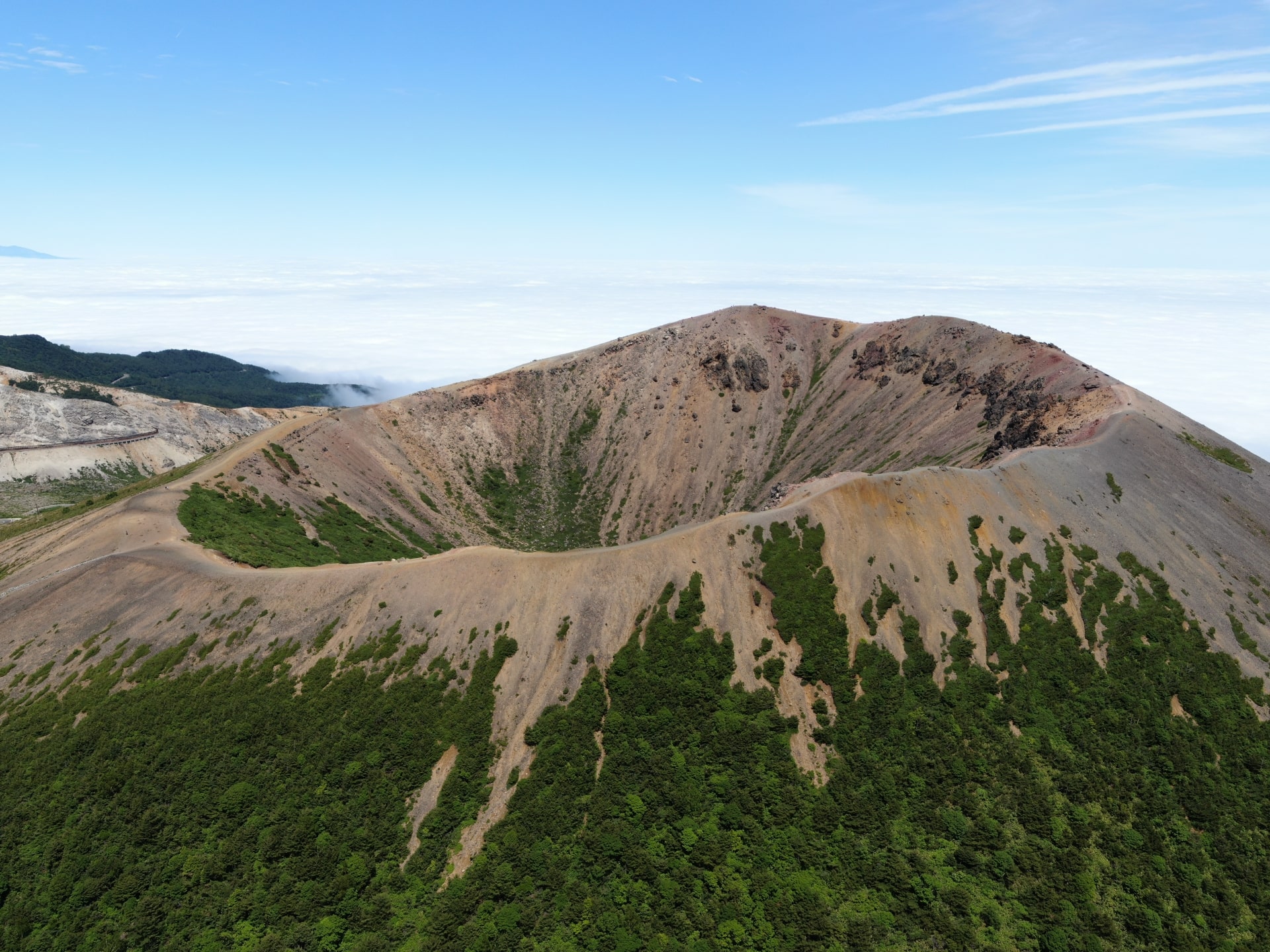
Mount Azuma Kofuji Crater offers a unique and captivating volcanic landscape that is a must-visit for nature enthusiasts. This distinctive crater, resembling the shape of Mount Fuji, is a result of volcanic activity that has shaped the region over centuries. A hike to the crater rim provides an invigorating experience with panoramic views of the surrounding landscapes.
The contrast of the rugged crater against the lush greenery of the Azuma mountain range is a photographer’s delight. In addition to the stunning vistas, the area around Mount Azuma Kofuji is known for its vibrant wildflowers in spring and summer, adding to the natural beauty of the hike. This destination is not just about the views; it’s an opportunity to witness the powerful forces of nature that have sculpted Fukushima’s terrain.
11. Explore Abukuma Cave
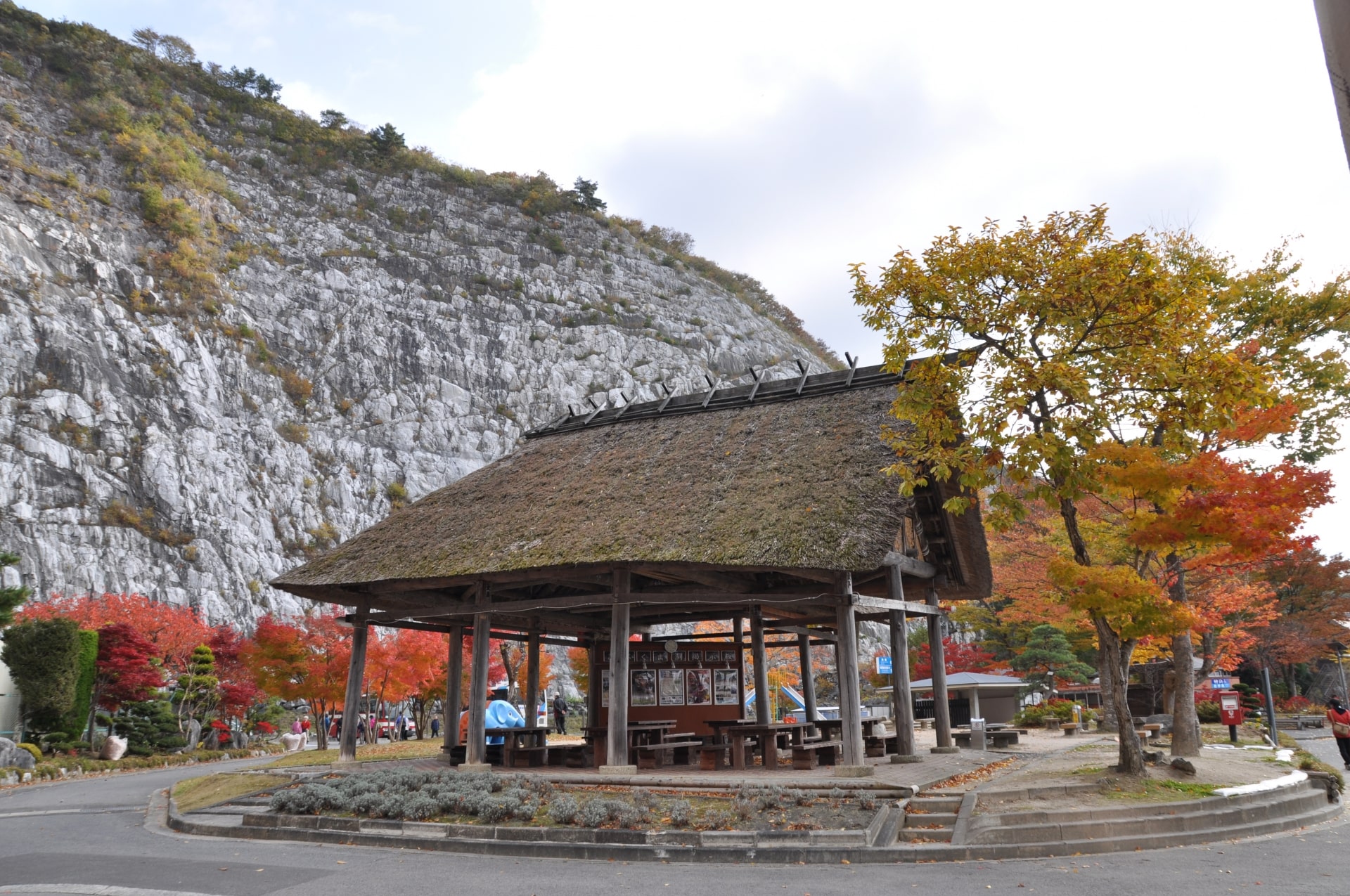
Abukuma Cave, discovered in 1969, is a geological marvel in Fukushima, showcasing an impressive array of limestone formations. This extensive cave system is known for its unique stalactites and stalagmites, which have been formed over millions of years. Visitors can explore the illuminated pathways that reveal a mysterious and enchanting world beneath the earth’s surface. The cave features various chambers, each with its own distinct characteristics and formations, including some rare types not commonly found in other limestone caves.
The constant temperature inside Abukuma Cave provides a cool escape in summer and a warm haven in winter, making it an ideal year-round destination. Exploring Abukuma Cave is a journey into the depths of the earth, offering a glimpse into the natural history and underground beauty of Fukushima.
12. Attend Waraji Festival
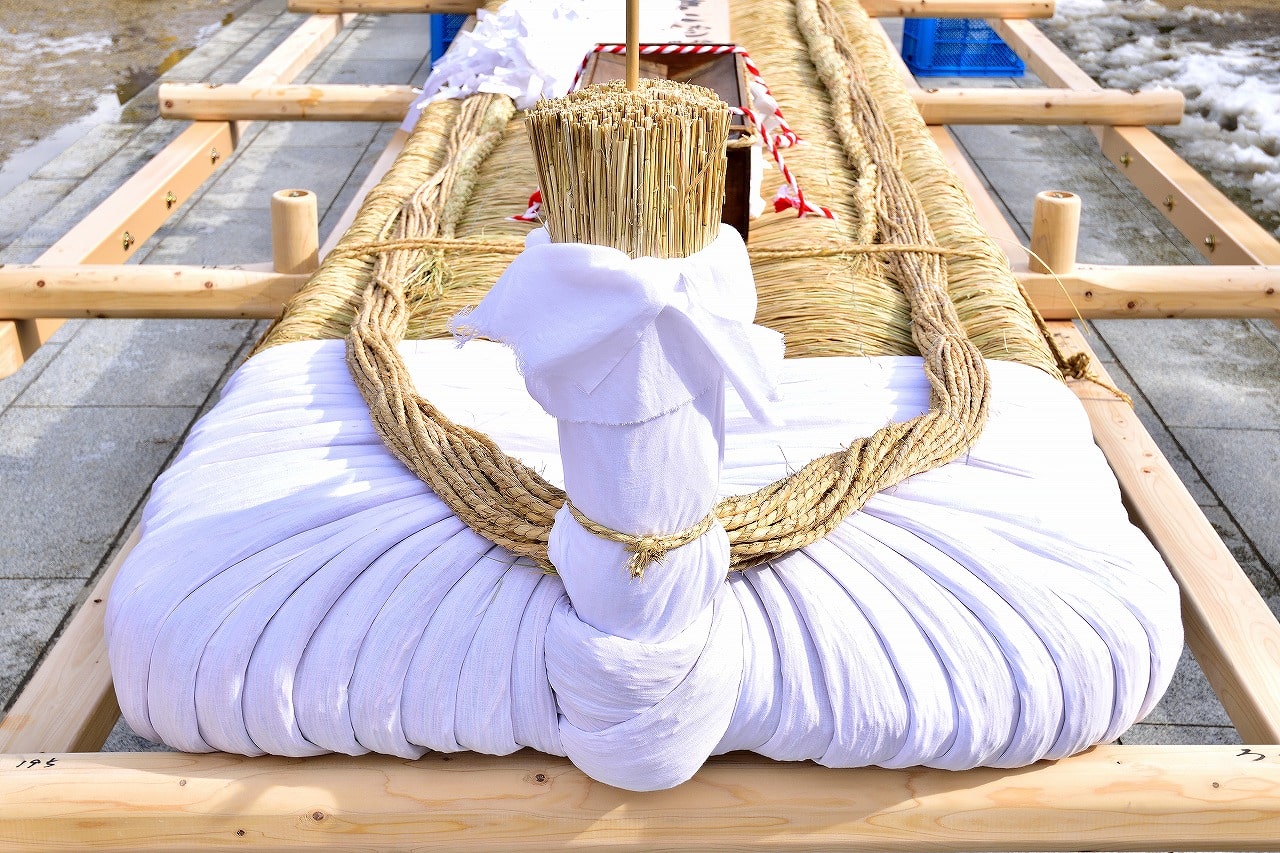
Waraji Festival, held in August, is one of Fukushima’s most energetic and traditional events. This festival is centered around the waraji, traditional straw sandals, and is celebrated to pray for good health and safety. The highlight is the parade featuring a massive waraji, carried through the streets by enthusiastic participants. Accompanied by traditional music, dance, and colorful costumes, the festival atmosphere is electric and infectious.
It’s a vibrant display of local culture and community spirit, with various performances and stalls offering local food and crafts. Attending Waraji Festival is not just about witnessing the festivities; it’s an immersive experience into the heart of Fukushima’s cultural traditions and a chance to join in the communal celebration of heritage and folklore.
13. Visit Fukushima Prefectural Art Museum
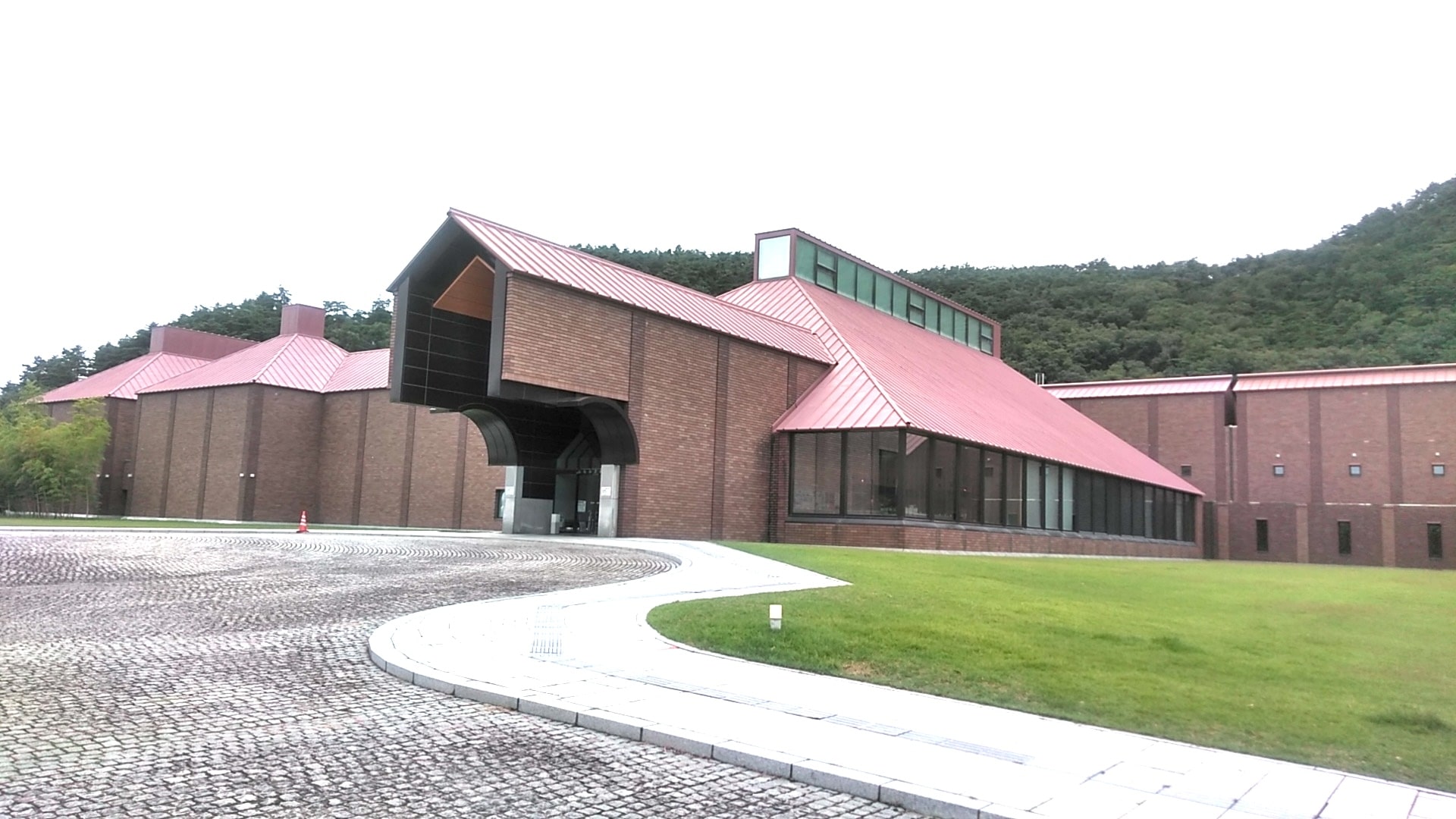
Fukushima Prefectural Art Museum is a vibrant center for artistic exploration, showcasing a diverse array of art that spans both local and international works. This museum, located in the heart of Fukushima City, offers a dynamic mix of exhibitions that include traditional Japanese art, contemporary pieces, and periodic special exhibitions from around the world.
Visitors can immerse themselves in the artistic heritage of Fukushima through paintings, sculptures, and crafts that reflect the region’s rich cultural tapestry. The museum also serves as a cultural hub, hosting various workshops, lectures, and educational programs, making it an enriching experience for art enthusiasts of all ages. The serene surroundings, including a beautifully landscaped garden, provide a peaceful backdrop for visitors to contemplate and appreciate the art on display.
14. Relax at Takayu Onsen
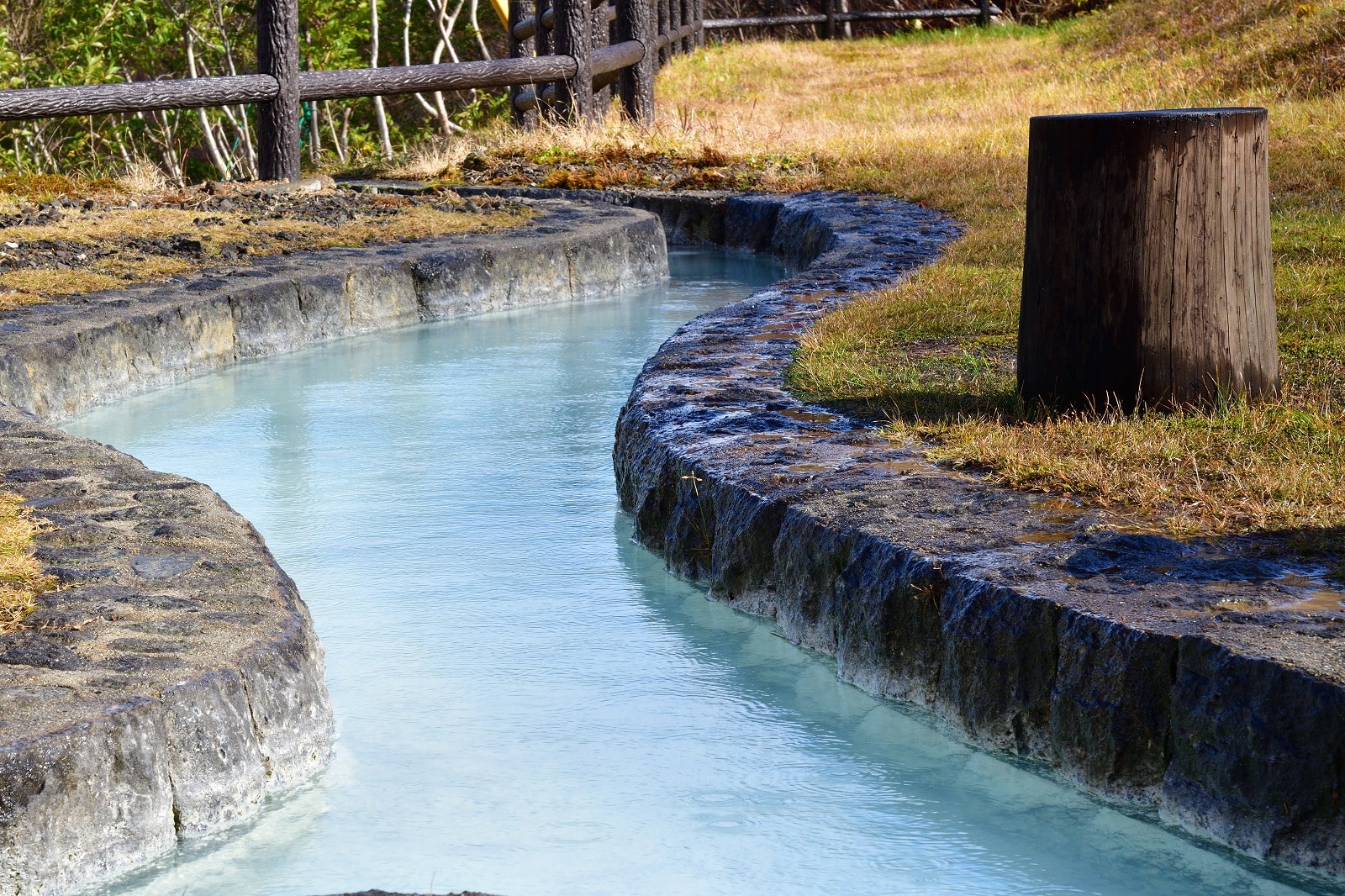
Takayu Onsen, nestled in the mountains of Fukushima, offers a serene retreat with its historic hot springs. Known for its sulfuric waters, which are believed to have healing properties, this onsen town provides a tranquil setting to relax and rejuvenate. The charming ryokans (traditional Japanese inns) in Takayu Onsen offer an authentic experience, complete with tatami rooms and local cuisine.
Visitors can indulge in a variety of baths, from open-air rotenburo to private onsen facilities, each offering a unique way to experience the therapeutic qualities of the hot springs. The town, with its quaint streets and natural scenery, is also perfect for leisurely strolls, offering a glimpse into the slow-paced, peaceful lifestyle of a traditional Japanese onsen town.
15. Explore Soma Nomaoi Festival
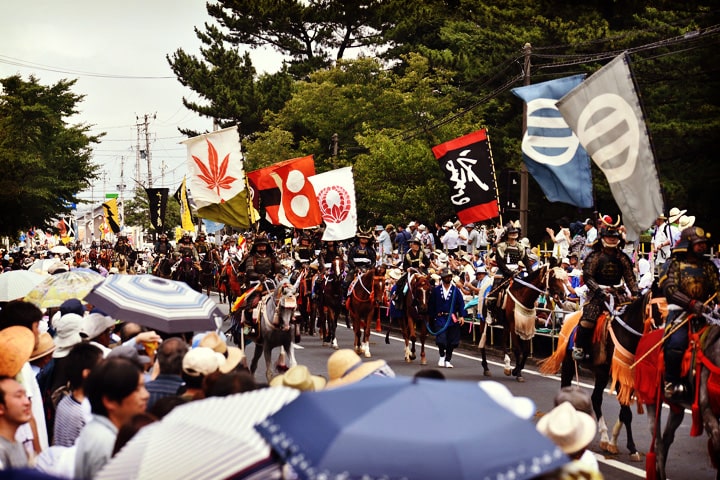
Soma Nomaoi Festival is an exhilarating celebration of samurai tradition and equestrian skill, held annually in Fukushima. Dating back over a thousand years, this ancient festival honors the region’s samurai heritage with a series of events that showcase the bravery and prowess of samurai horsemen. The festival’s main attractions include armored horse parades, mock battles, and a thrilling horse race where riders, dressed in full samurai regalia, compete at high speeds.
The vibrant costumes, thundering hooves, and spirited atmosphere make Soma Nomaoi Festival a spectacular cultural spectacle. This event not only offers a window into Japan’s feudal past but also brings together the local community and visitors in a vibrant celebration of history, culture, and horsemanship.
I’m writing an article titled 15 Best Things to Do in Fukushima. Please make the contents that introduce these things with more than 100 words for each. Basically, do not add “the” to proper nouns such as tourist spots and culture.
16. Visit Aquamarine Fukushima
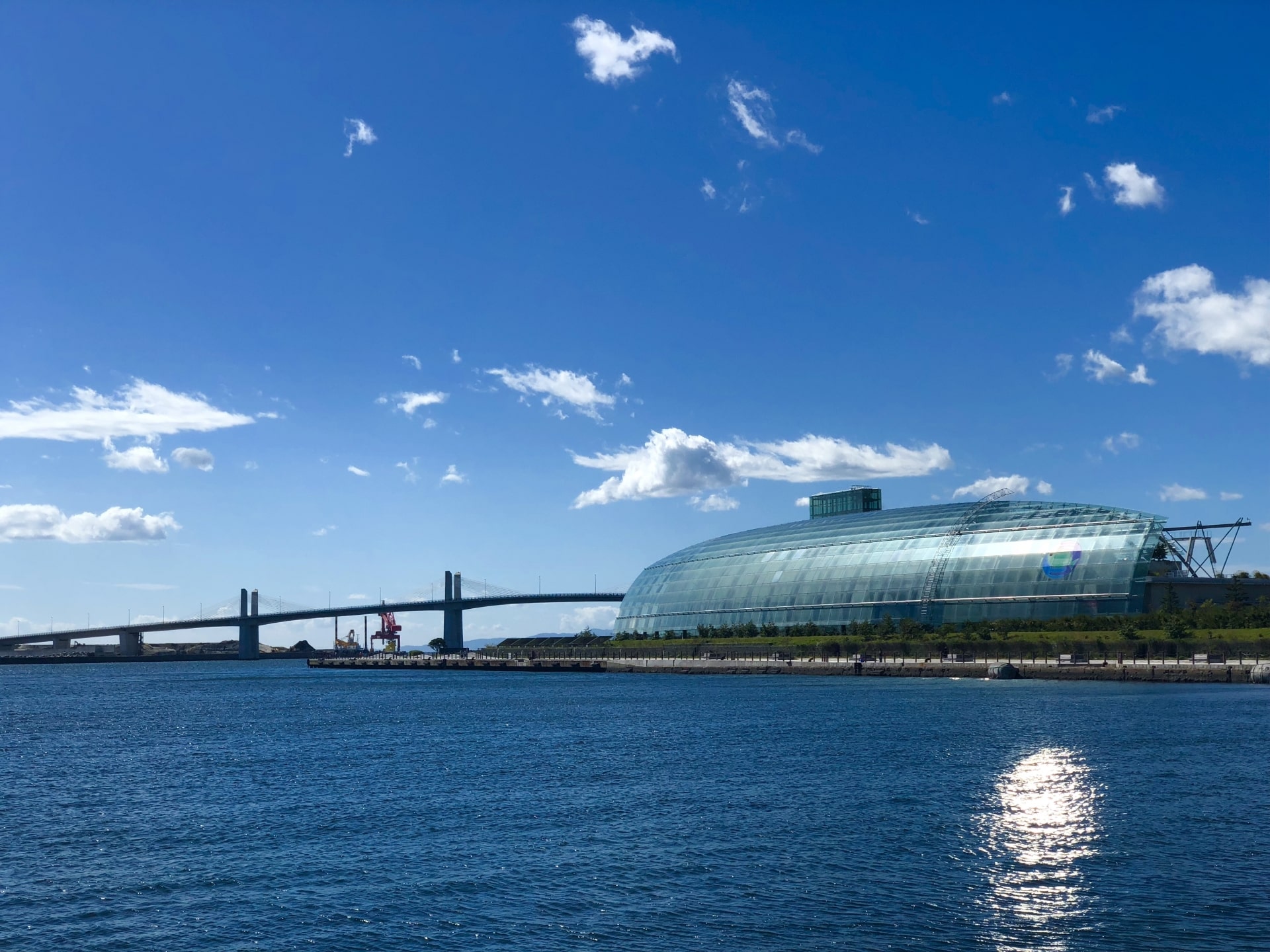
Aquamarine Fukushima stands as a beacon of marine exploration and education, emphasizing local marine life and ecosystems. This impressive aquarium, set along the coastline, offers a unique insight into the underwater world of Fukushima and the Pacific Ocean. Visitors can marvel at a wide array of marine species, from colorful tropical fish to local species adapted to the cooler waters of the region.
One of the highlights is the large-scale tank that replicates the local ocean environment, providing a realistic view of the aquatic life. The aquarium also focuses on conservation and research, educating visitors about the importance of preserving marine ecosystems. Interactive exhibits, touch pools, and educational programs make Aquamarine Fukushima an engaging experience for all ages, combining entertainment with learning in an immersive marine environment.
17. Photography at Goshikinuma Ponds
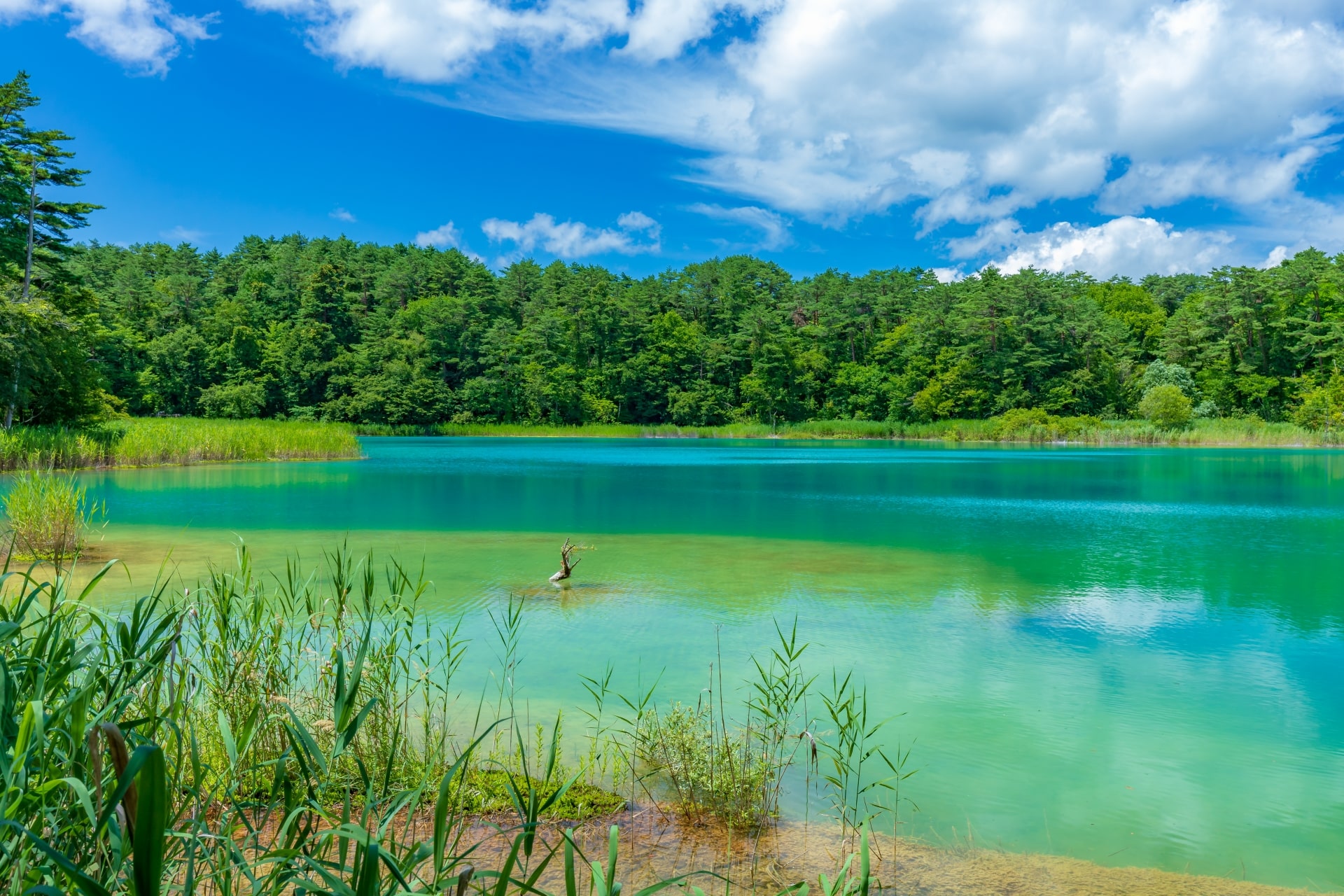
Goshiki-numa Ponds, located in the heart of Bandai-Asahi National Park, offer a stunning photographic journey through a series of colorful volcanic ponds. The name “Goshikinuma” translates to “five-colored ponds,” aptly describing the varying hues of the ponds, which change depending on the angle of light and minerals dissolved in the water. This natural phenomenon creates a mesmerizing landscape that attracts photographers and nature enthusiasts alike.
The walking trails around the ponds provide easy access to various viewpoints, allowing visitors to capture the beauty of the ponds set against the backdrop of lush forests and rugged mountains. Each pond has its own unique charm, from the deep emerald of Bishamon-numa to the cobalt blue of Aka-numa, making Goshiki-numa Ponds a paradise for landscape photography and nature walks.
18. Ski at Hoshino Resort Nekoma Mountain
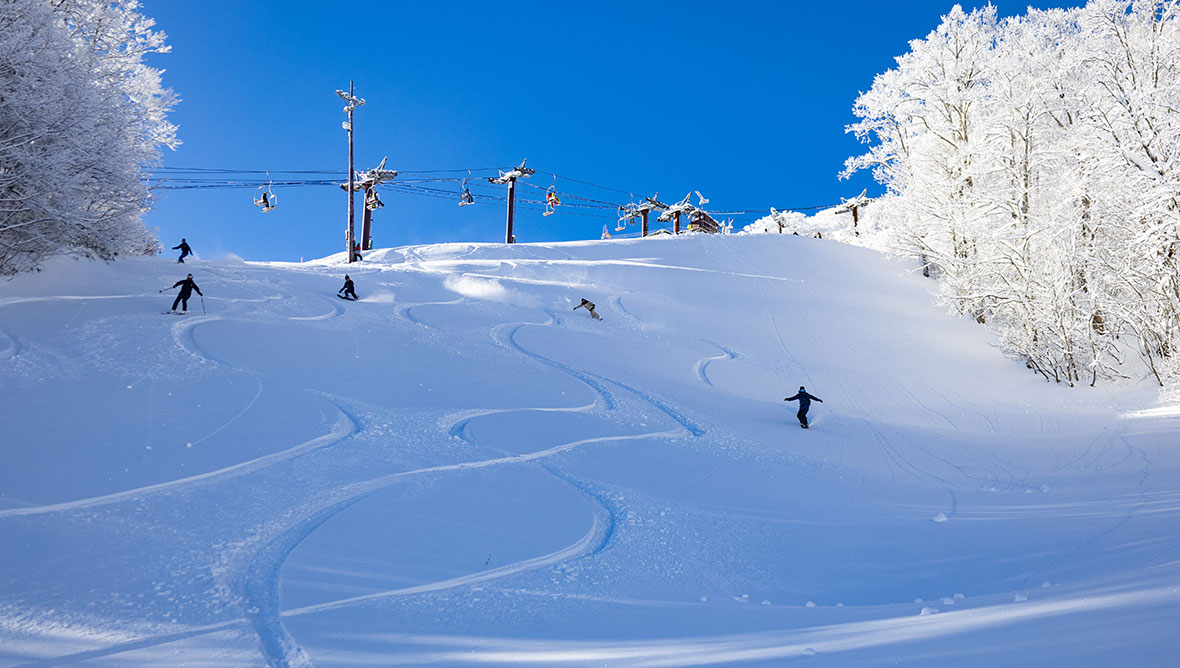
Experience the thrill of skiing at the newly revamped Hoshino Resort Nekoma Mountain, a destination that has transformed the skiing landscape in Japan for the 2023-2024 season. Previously known as Alts Bandai Ski Resort and Nekoma Ski Resort, these two renowned ski areas have been integrated and rejuvenated under the Hoshino Resort brand.
The integration of these two ski resorts has been a significant development, marked by the connecting of the areas via joint lifts. This has resulted in one of Japan’s largest ski terrains, featuring 13 lifts and 33 courses, offering an expansive and diverse skiing experience.
Ski enthusiasts can revel in the Bandai area (formerly Alts Bandai), boasting breathtaking views of the majestic Mount Bandai and Lake Inawashiro. This area is renowned for its open, sweeping slopes, providing skiers with a sense of freedom and grandeur as they glide down the hills. In contrast, the Ura-Bandai area (formerly Nekoma Ski Resort), located on the northern slopes and at a higher altitude, is celebrated for its exceptionally light snow. This area ensures a longer skiing season, often extending into spring, offering perfect conditions for both novice and experienced skiers.
The unique aspect of Hoshino Resort Nekoma Mountain is the ability to freely traverse between these two distinct areas. Whether you’re seeking the exhilarating open runs of the Bandai area or the pristine snow conditions of Ura-Bandai, this resort offers a comprehensive and versatile skiing experience. From the panoramic mountain views to the exceptional snow quality, Hoshino Resort Nekoma Mountain caters to all levels of skiers and snowboarders, making it a premier destination for winter sports enthusiasts.
As our journey through Fukushima comes to an end, we hope this guide to the best things to do in the area has ignited your wanderlust. Fukushima is not just a destination; it’s an experience that resonates with the soul, a place where memories are made. Whether you’ve wandered through its historic sites, indulged in local culinary delights, or embraced the tranquility of its natural landscapes, each moment spent here is a treasure.
Remember, Fukushima’s story is ever-evolving, always ready to offer something new and exciting for those who seek. So, whether you’re planning your first visit or returning to rediscover its charms, know that Fukushima awaits with open arms. We invite you to share your experiences and spread the word about the wonderful things to do in Fukushima. Until next time, sayonara, and may your travels be as fulfilling as the stories you’ll tell.
If you’re traveling to the Tohoku area around Fukushima, please make use of these tourist guides as well.
▶︎▷▶︎▷16 Best Things to Do in Aomori
▶︎▷▶︎▷13 Best Things to Do in Iwate
▶︎▷▶︎▷15 Best Things to Do in Miyagi

